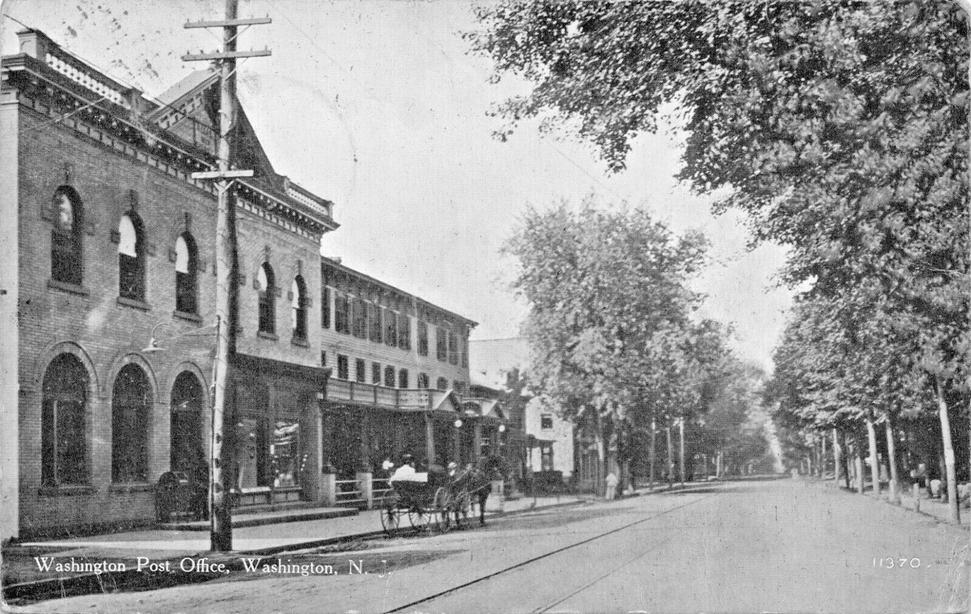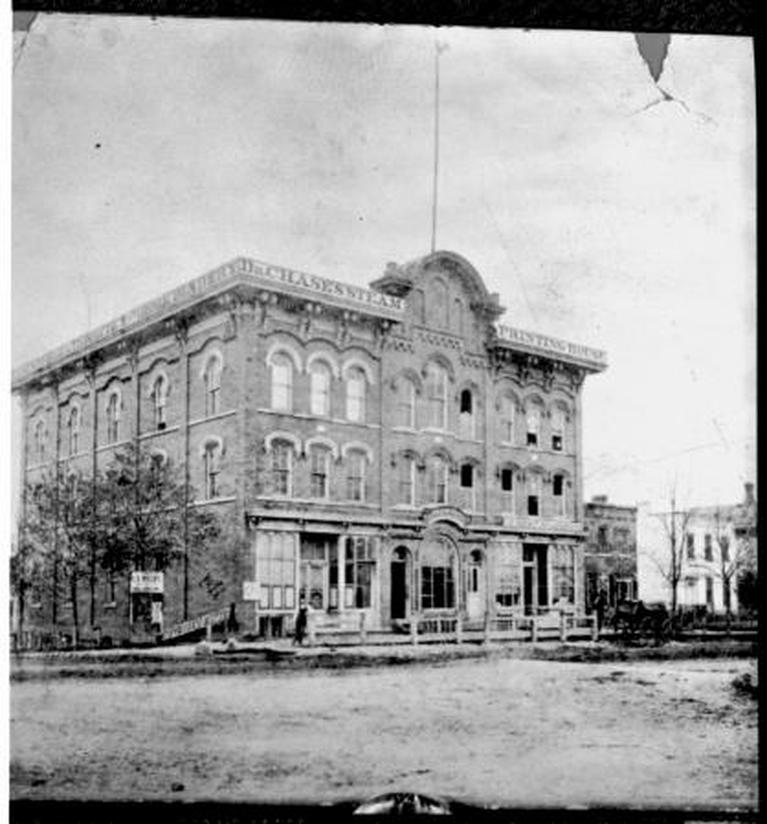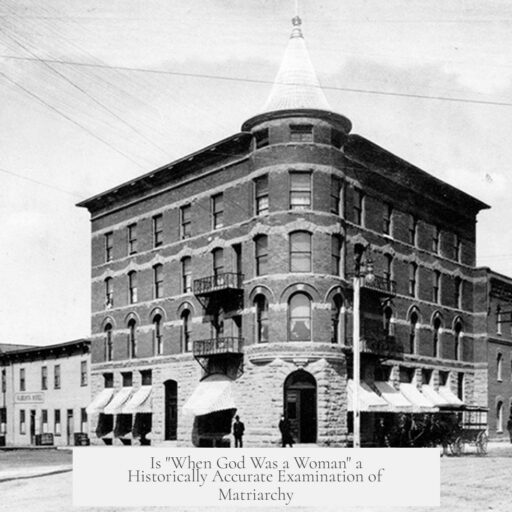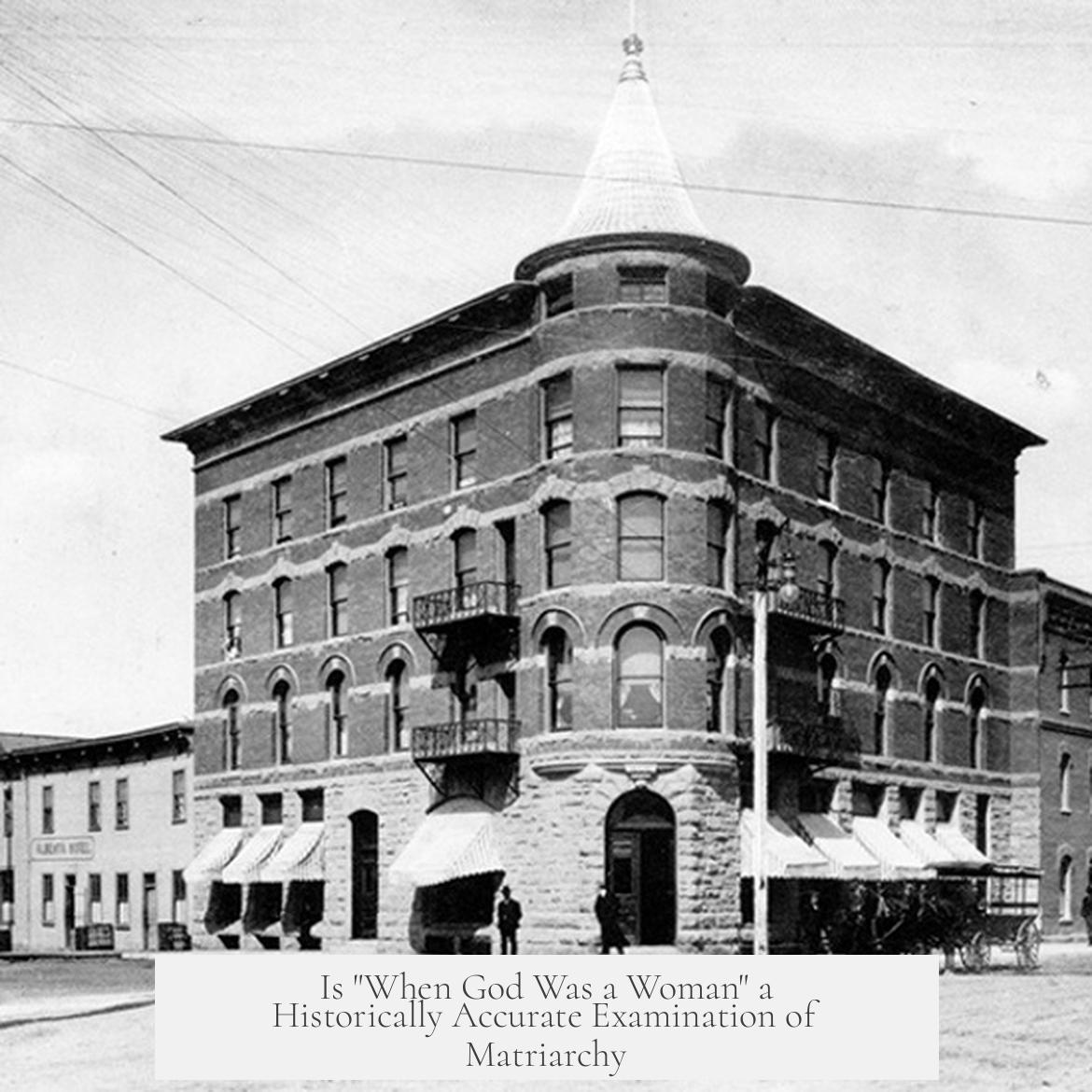Is “When God Was a Woman” considered a historically accurate book? The answer is no. The book promotes a thesis that societies once were matriarchal and centered on goddess worship before patriarchal systems overtook them. Scholars widely reject this as historically accurate, viewing it instead as a modern myth rather than solid history.

The core thesis of the book asserts that prehistoric societies, especially in Eurasia during the Neolithic period, enjoyed matriarchal structures. They supposedly worshiped an earth mother goddess, and women held social or political power equal to or greater than men. According to the narrative, this peaceful agrarian culture suffered disruption when Indo-European patriarchal conquerors arrived, spreading male-dominated pantheons and subjugating women.
This story, while compelling and embraced by many within feminist spirituality and modern goddess movements, does not hold up under historical and archaeological scrutiny. Scholars emphasize multiple issues with the narrative. Archaeological evidence does show many female figurines and fertility symbols, but their meanings remain speculative without written records. There is no proof of a single dominant mother goddess cult or widespread matriarchal societies.

- The idea of a systematic Indo-European conquest replacing peaceful matriarchies lacks support. Instead, linguistic and mythological diffusion often occurred without mass migrations or violent takeovers.
- Many prehistoric artworks depict female forms, but interpretations vary widely and often reflect modern biases rather than clear historical realities.
- Multiple cultural strands and local traditions complicate attempts to trace any singular religion or social order based on goddess worship.
For example, the Minoan civilization on Crete yielded bare-breasted female statuettes holding snakes. Early scholars speculated these represented a mother goddess and indicated a peaceful, matriarchal society. Yet no written records confirm this, and no clear evidence points to women holding predominant power domains. Such conclusions remain speculative and cautionary.
Similarly, the Neolithic site of Çatalhöyük in Anatolia provides female figurines often labeled as mother goddesses. However, the site also features significant animal iconography, such as bulls and vultures, revealing a more complex belief system. Assigning exclusive importance to a single goddess figure oversimplifies the culture’s spiritual landscape, which likely featured multiple supernatural beings.

It is essential to understand that focusing solely on a singular goddess or female deity distorts the diversity of prehistoric mythologies and religious concepts. Many prehistoric societies held beliefs involving various deities and symbolic animals, rather than one ruler goddess figure.
The romanticized thesis in “When God Was a Woman” serves a symbolic and inspirational role for some modern spiritual movements but does not reflect verified historical reality. Advocates of the Goddess Movement today emphasize a past where women played central roles in religion and society; however, historians remind that these are modern interpretations or desires rather than evidence-based history.

Respecting contemporary goddess-worshipping movements is important, as they form valid and meaningful traditions in their own right. However, their beliefs should not be mistaken for proven prehistoric facts. Folklorists and scholars approach these movements with respect while clarifying the boundaries between historical evidence and modern reinterpretation.
| Claim | Assessment |
|---|---|
| Widespread prehistoric matriarchies worshiping a single mother goddess | No direct evidence; lacks archaeological and linguistic support |
| Neolithic societies were peaceful and goddess-centered until Indo-European conquest | Conquest narrative unproven; diffusion was complex and nonviolent in many instances |
| Minoan snake-holder figurines prove matriarchal religion | Speculative; no written records, no proof of women’s political dominance |
| Prehistoric female figurines represent fertility or mother goddess | Likely fertility symbols; meanings uncertain without context |
| Modern Goddess Movement reconstructs past religious practices | Symbolic and inspirational, not historical fact |
In summary, “When God Was a Woman” promotes a narrative embraced by many but rejected by mainstream scholarship for lack of evidence. It contributes to cultural discussions but should not be treated as a reliable historical source.

- The thesis of prehistoric matriarchies worshiping a mother goddess is not historically accurate.
- Archaeological evidence shows female figurines but their meanings are unclear.
- No proof exists for the Indo-European conquest forcibly replacing goddess worship and matriarchy.
- Minoan and Anatolian artifacts suggest complex belief systems, not simple matriarchal religious structures.
- Modern goddess spirituality deserves respect but differs from archaeological and historical knowledge.
Is “When God Was a Woman” Considered a Historically Accurate Book?
Short answer: No, When God Was a Woman is not considered historically accurate by scholars. Despite its compelling narrative, its thesis—that ancient societies were broadly matriarchal and worshipped a singular mother goddess before patriarchal forces wiped them out—is more myth than historical fact.

Let’s unpack why this book has such enduring popularity despite the lack of concrete historical evidence backing its core claims. Is it a lament for a lost matriarchal golden age? An inspiration for modern Goddess movements? Or simply a captivating tale that blends archaeology, mythology, and imagination? Spoiler alert—it’s a bit of all those things.
The Core Thesis: Matriarchy Before Patriarchy
The most striking premise of When God Was a Woman is the idea of a widespread prehistoric matriarchy—a time when women reigned socially, politically, and spiritually through the worship of an earth mother goddess. This peaceful Neolithic era supposedly crumbled when Indo-European warriors, riding horseback and chariots, arrived to impose a brutal patriarchal order.
This narrative has something poetic about it: peaceful farmers versus violent invaders; nurturing goddesses versus war gods. It’s no wonder that many embrace it with zeal today.
Why Scholars Say No
However, historians and archaeologists shake their heads at this story. The short reason? There isn’t enough evidence to support the existence of an overarching matriarchal society or a dominant mother goddess cult encompassing vast regions.
The diffusion of Indo-European languages and myths doesn’t necessarily entail violent conquest. Many places that speak Indo-European languages today show little proof of being ever invaded in the dramatic fashion described. Instead, cultural and linguistic changes often happen through trade, intermarriage, or gradual assimilation.
More importantly, there’s no direct proof that prehistoric women held societal supremacy anywhere consistently, or that a single mother goddess was universally worshipped. Most ancient societies likely featured complex pantheons with many deities of varied gender and influence.
The Modern Myth of a Neolithic Matriarchal Paradise
The idea of peaceful prehistoric farming villages praising an earth mother goddess captures the imagination. This myth spreads widely—from the Mediterranean to India—and offers a refreshing contrast to images of bloody ancient warlords and male-dominated pantheons.
But myths, by definition, often simplify and romanticize. The idea of conquered Neolithic Eden ignores archaeological and linguistic evidence’s complexity. Indo-European expansion was subtle, sporadic, and multilayered, not a cinematic invasion scene involving chariots and axes.
The Archaeological Puzzle: Female Imagery Doesn’t Equal Matriarchy
When people talk about archaeological evidence supporting the mother goddess theory, they often point to female figurines, statues, and fertility symbols—such as the corpulent “Venus” figures found across Eurasia. But caution is key.
- Many Female Figurines: Indeed, we find many female figures, often emphasized in fertility contexts. But these don’t prove political or social dominance by women.
- Interpretation Speculation: Without written records, any interpretation remains guesswork. Were these images religious icons, fertility charms, art, or even toys? We don’t know.
- Mixed Mythologies: Later myths often seem like a hybrid of various deities, making it impossible to pinpoint a singular origin or meaning for mother goddess worship.
For example, statues from Minoan Crete of bare-breasted women holding snakes capture popular attention. Some suggest these represent a mother goddess, perhaps evidence of a peaceful, matriarchal culture without weapons. But archaeologists warn: this is speculation unsupported by firm evidence.
Archaeology should never play fast and loose with imagination. The context matters, and absence of weapons isn’t solid proof of societal structures or power dynamics.
Broader Religious Landscapes: It Wasn’t Just About One Goddess
It’s tempting to try to identify one dominant female deity and call it a “mother goddess.” But ancient cultures rarely worked that way. At places like Çatalhöyük in Anatolia (now Turkey), archaeologists find female figurines alongside bulls and vultures—animals which may have held spiritual relevance as well.
No simple template fits all. These societies probably worshipped multiple deities and embodied complex beliefs. To focus exclusively on a female god does a disservice to their rich cultural tapestries.
Respecting the Modern Goddess Movement
Despite the scholarly doubts about the book’s historical accuracy, the Goddess movement inspired by such ideas deserves respect. Modern adherents often embrace these past narratives not as strict history, but as a source of personal and spiritual meaning.
Folklorists and historians recognize that beliefs and traditions evolve. Just because modern Goddess worship isn’t a carbon copy of Neolithic practices doesn’t invalidate its significance. Traditions hold value in their own right, beyond strict archaeological proof.
So, Why Read When God Was a Woman?
This book offers a fascinating lens on history, mythology, and society—even if you take its thesis with a grain of salt. It sparks important questions like:
- How do our own gender assumptions color interpretations of the past?
- What stories do we choose to tell about human history and why?
- How can archaeological evidence be respectfully and critically interpreted, balancing facts with imagination?
As a reader, understanding that When God Was a Woman uses a blend of fact, interpretation, and creative storytelling helps you appreciate its impact without mistaking it for a definitive academic text.
Recommendations for Further Exploration
If you’re curious about ancient religions and gender roles, approach the subject with nuance:
- Read peer-reviewed archaeology and history sources, not just popular books.
- Check out recent research on Neolithic sites like Çatalhöyük for a balanced view of early societies.
- Look into Indo-European studies to understand language and myth diffusion without oversimplifying invasions.
- Explore modern pagan and Goddess spiritualities knowing they are inspired by, but not replicas of, ancient beliefs.
Conclusion: The Myth and the Reality
In sum, When God Was a Woman is NOT historically accurate in its core premise. Its narrative of a universal Neolithic matriarchy worshipping a single mother goddess, toppled by violent patriarchal Indo-Europeans, is a modern myth rather than factual history.
But this myth holds power—it challenges ingrained ideas about gender and religion, inspires new spiritual movements, and invites us to explore humanity’s complex past with curiosity and nuance.
So next time you open this book, keep your critical hat on—but also enjoy the stories it tells. After all, history is sometimes as much about the questions we ask as the answers we find.
Is “When God Was a Woman” considered historically accurate?
No, the main thesis of the book—that widespread matriarchal societies worshiped a single mother goddess before patriarchy took over—is not supported by historical evidence.
Does archaeological evidence support the idea of a dominant mother goddess?
While many ancient artworks depict women, their meanings are unclear without written records. There is no conclusive proof of a singular mother goddess religion dominating Neolithic societies.
Are the stories about peaceful, matriarchal farmers and Indo-European conquerors accurate?
This narrative is seen largely as a modern myth. Evidence shows no large-scale Indo-European conquests or the existence of female supremacy in those early farming communities.
How do scholars view the images of corpulent women found across Eurasia?
They are often interpreted as fertility symbols. However, these interpretations are speculative and may overstate the importance of these figures in prehistoric religions.
What about the Minoan Crete findings mentioned in the book?
Female statuettes from Minoan Crete are thought to represent a mother goddess, but without written records, their role and the idea of a matriarchal society remain uncertain and debated.




